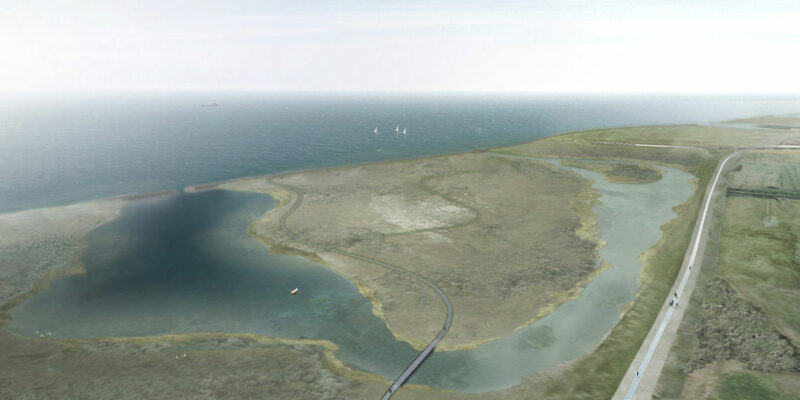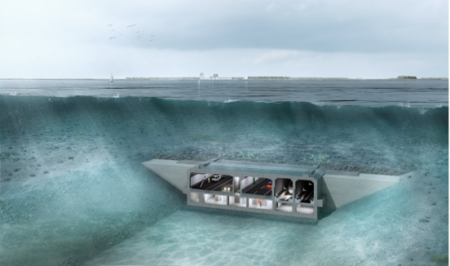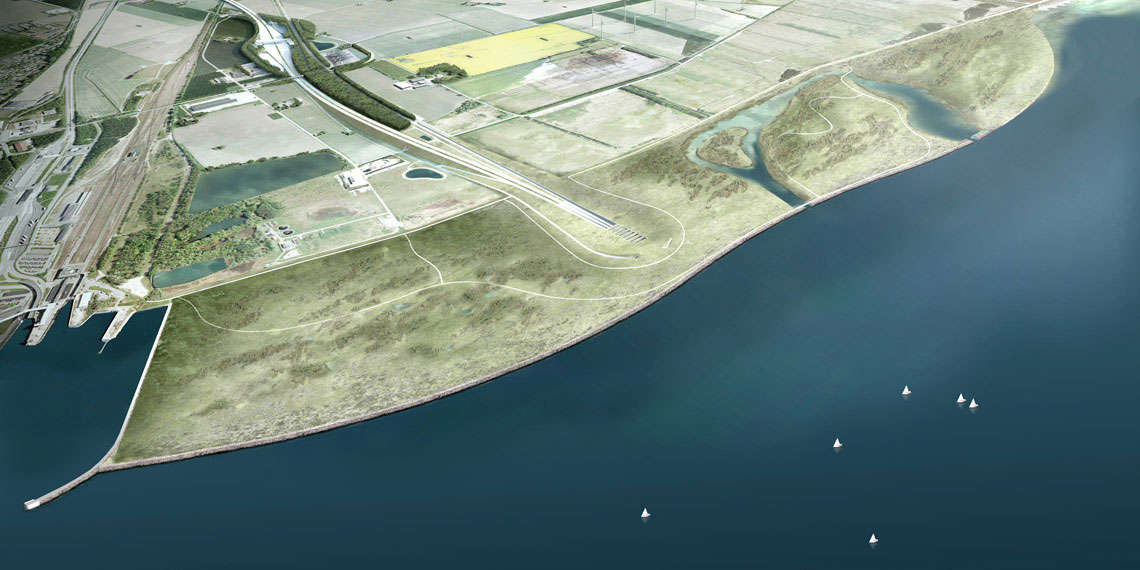Solution provider

Schønherr is an architectural firm whose primary areas of expertise lie within urban and landscape architecture, strategic and physical planning, infrastructure, climate architecture, and cultural heritage. The firm's approach is that the cultural and natural values of the city and landscape are tools for addressing the major societal challenges of our time.












